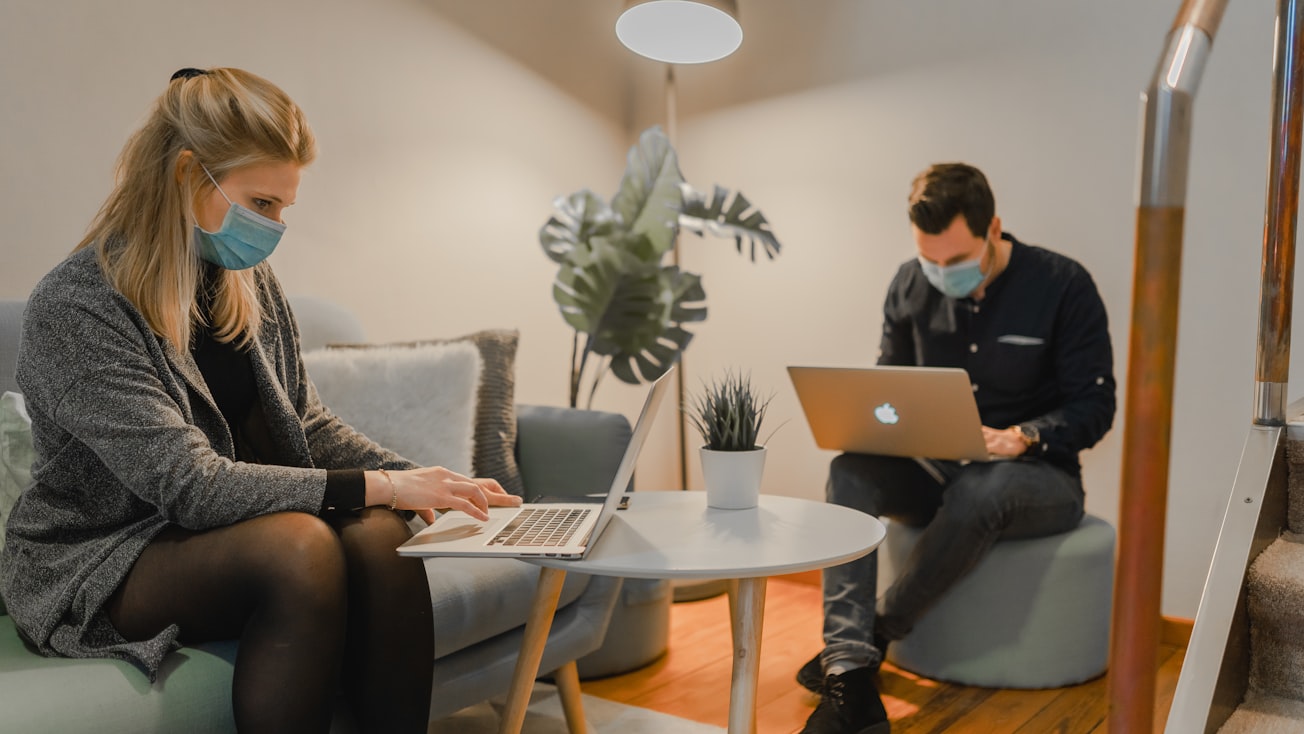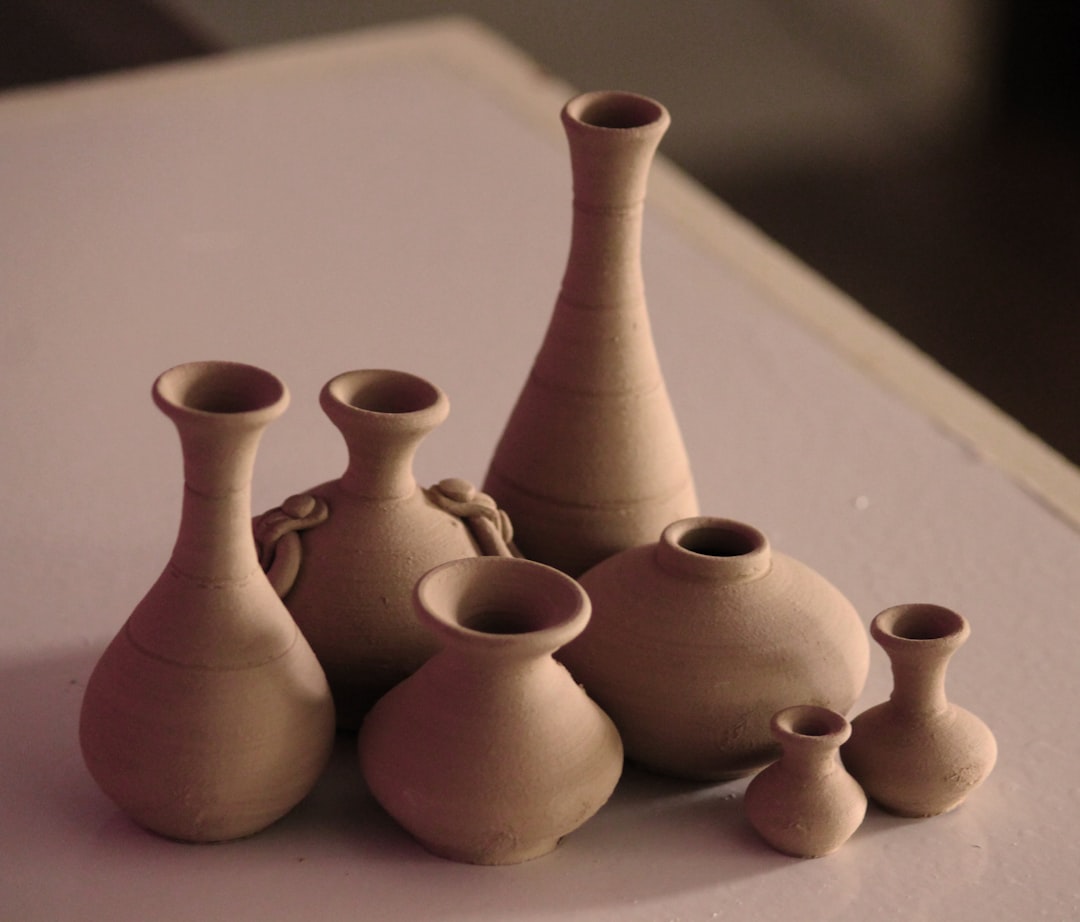What is it about?
During the COVID-19 pandemic, the UK faced an unprecedented series of lockdowns that turned our daily lives upside down. We collected detailed time use data from a diverse group of nearly 800 UK adults across the first and third lockdowns to discover how their routines changed. We found that parents of young children, particularly women, faced the greatest disruptions in both lockdowns due to additional time spent on housework. Generally, the third lockdown was more miserable as people spent more leisure time alone and worked more outside of normal hours.
Featured Image

Photo by Maxime on Unsplash
Why is it important?
We show how important it is to collect detailed data on the quality and quantity of time use during crisis periods like the COVID-19 pandemic. This data helps identify groups in society who are the most affected and pinpoints exactly how they are affected. Governments can then design policies that target these groups, which in turn reduces inequality and lessens the social impacts of the crisis.
Perspectives
I enjoyed working on this project with my collaborator. It was my first time collecting data using time-use diaries. It was encouraging to see how such data could paint a picture of how individuals adapted during the difficult lockdown periods.
Ines Lee
University of York
Read the Original
This page is a summary of: Changes in the quantity and quality of time use during the COVID-19 lockdowns in the UK: Who is the most affected?, PLoS ONE, November 2021, PLOS,
DOI: 10.1371/journal.pone.0258917.
You can read the full text:
Contributors
The following have contributed to this page










